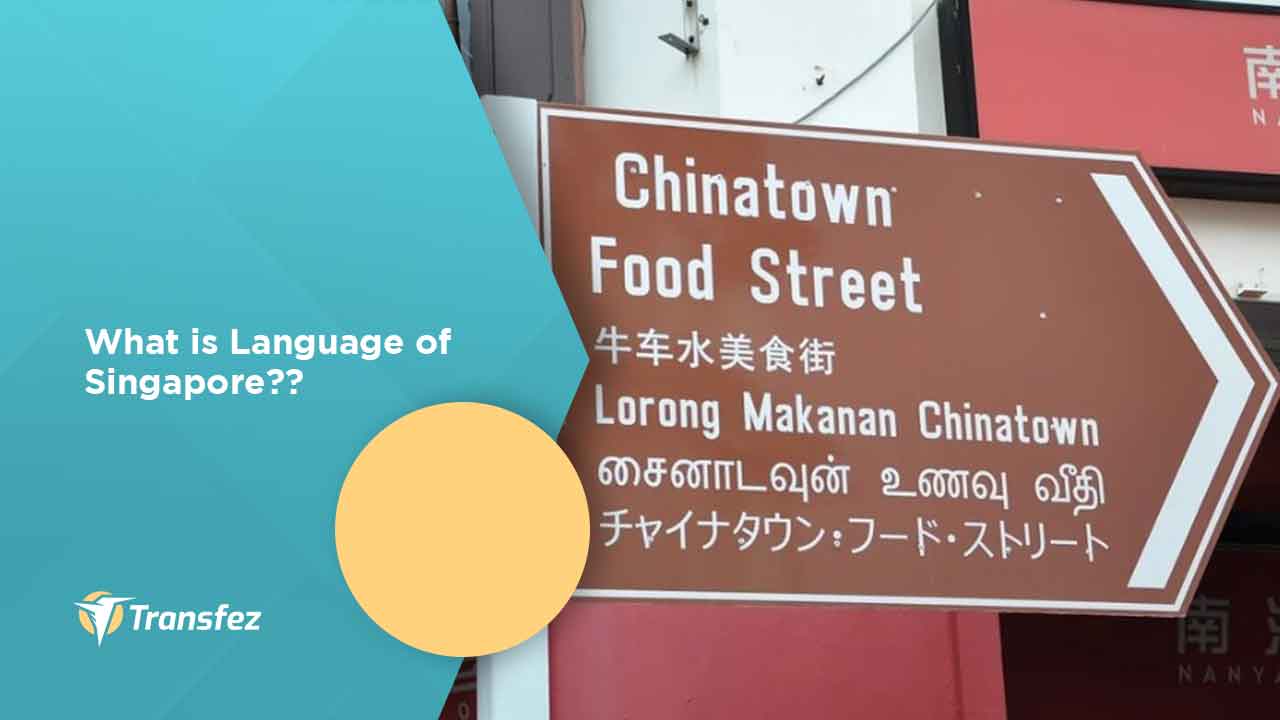
Many people in the world may not know exactly what is the language of Singapore. As a country located in Southeast Asia, it can be said that this country is unique and uses several kinds of language options to communicate. However, unfortunately not many people understand this number of languages in Singapore, including local language information that is often used in Singapore.
Therefore, it is worth starting to obtain this information from the paragraph below. Because further, this article will discuss the details of what is the language of Singapore. Starting from how many types of languages and what languages are quite common in the country. If you feel curious, immediately see the following explanation below.
Formal Language

If you talk about what is the language of Singapore, then of course you will talk about the formal language in the country. Broadly speaking, there are two formal languages used to communicate every day. Especially for important work-related matters or for communicating with colleagues. The first is formal English, and the second is more comfortable to use, namely Singlish. Here is a brief explanation of the two.
English
English is the main language spoken throughout the country. No matter the tribe and origin of this Singaporean population, English is an important language to learn and understand. Because almost all residents of Singapore are accustomed to using English as a means of daily communication.
Not to mention that previously Singapore was a British colony for many years. Therefore, most of Singapore’s natives use formal English as their language of instruction when discussing important matters.
Singlish
Furthermore, the formal language that is also widely used by the natives of Singapore is Singlish. Where Singlish is a language derived from English but on the other way is done or has a different pronunciation. So in the end this language is not as formal as English in general. But the difference can be seen from the addition of words at the end of the sentence such as the word “lah”.
Singlish is a combination of the formal English language with the addition of word equivalents which are a mixture of Malay and Chinese. Therefore, if listened to completely, it will not sound like pure English. But it is English with access that is typical of Singaporeans.
Local Language
In addition to the formal languages listed earlier, Singapore also has many other local languages that are interesting to know. Especially in this country of Singapore, although small but the territory is divided into many ethnicities and tribes.
Therefore, it is not surprising that the local language spoken by Singaporeans can vary. Just look at the four main local languages that are widely spoken around the region in Singapore.
See also another Singapore Articles from Transfez
Top Singapore Culture Shock for Expatriates
Top Reasons Why Singapore Expats Love The Country
Overview of Singapore Property
All You Need to Know About Singapore Education
Expat Health Insurance in Singapore
Malay Language
The first local language spoken around Singapore was Malay. Many of the Malays come to live and work in Singapore. Not only that, but Singapore also allows various Malay residents to live in one area. So that finally creates the comfort of speaking using Malay.
Do not forget also that these Malays are indigenous people who lived in Singapore before the colonial era. Therefore, do not be surprised if many Malays are living in Singapore until now. Even in government institutions, the ruling ones are those natives of Singapore, namely Malaysia.
See Video How To Easily Send Money to 50+ Countries

Chinese Language
As a country that is considered strategic by other nations in the world, Singapore is the most appropriate place for trade from other countries. Therefore, it is not surprising that there are quite a lot of Chinese people who also live and live in Singapore. Not only that, but they also have one residential area, which is around China Town, Singapore. So do not be surprised if you use Chinese for the area.
The Chinese language itself is also divided into several kinds. The most commonly used are Hokkien and Mandarin. In addition, many also use Cantonese to discuss with each other Chinese people who are in Singapore.
Indian Language
Furthermore, in Singapore, there is also a region that is where people who come from India live. It is located in Little India, Singapore. Therefore, do not be surprised if here most Singaporeans use Indian as one of the local conversation languages. Especially because this Little India area only contains people of full Indian descent. So that it is one of the common local languages to speak in Singapore.
Join Us and Experience The Ease of Putting Your Finances On Autopilot

Arabian Language
The last one in Singapore there is also a region that is the location for the residence of the Arab tribes. Where this location is widely known as Arab Street by locals in Singapore. Therefore, there is no need to be surprised if you find some Singaporeans who decide to use Arabic for conversation. Because this is one of the local languages in the country of Singapore.
Use Transfez by Jack for your business needs
Download Transfez App
Transfez App can help you transfer money abroad more quickly and efficiently. Transfez Business can also help your business in making transactions abroad. For those of you who want to send money to relatives who are abroad because they are studying, working, or traveling, Transfez will be ready to help. This app is available on Android as well as iOS.
That’s some information about what is the language of Singapore. So if you visit the country do not feel confused knowing what language is used. Thus it will be easier to use the right language to support communication while in Singapore. The information above, hopefully, provides further assistance for those who have never visited the country located in Southeast Asia.












Recent Comments